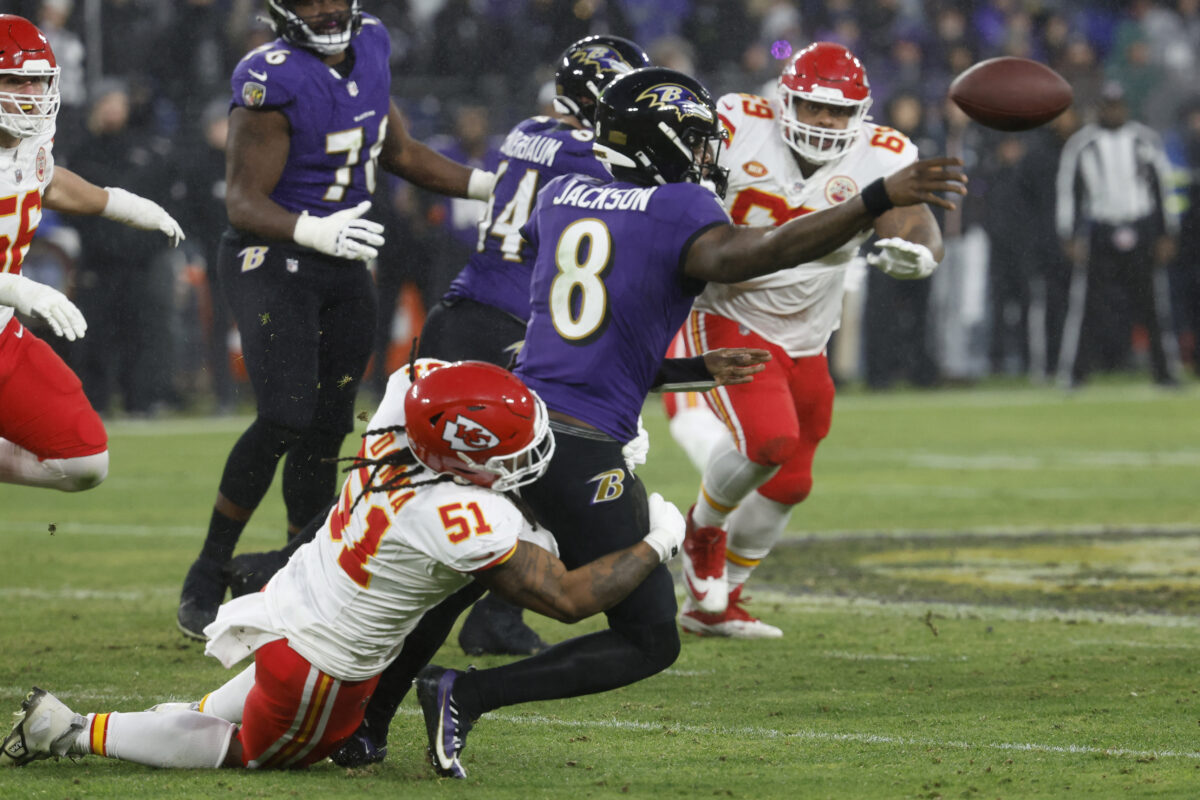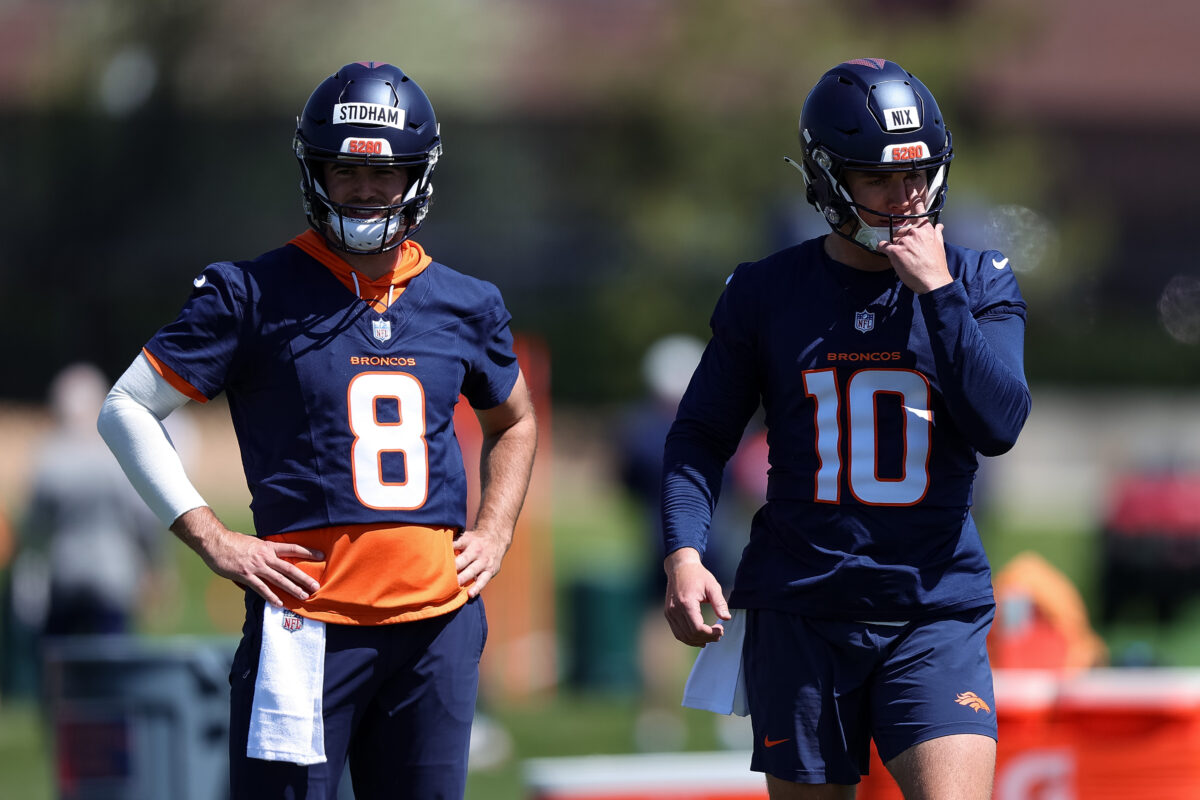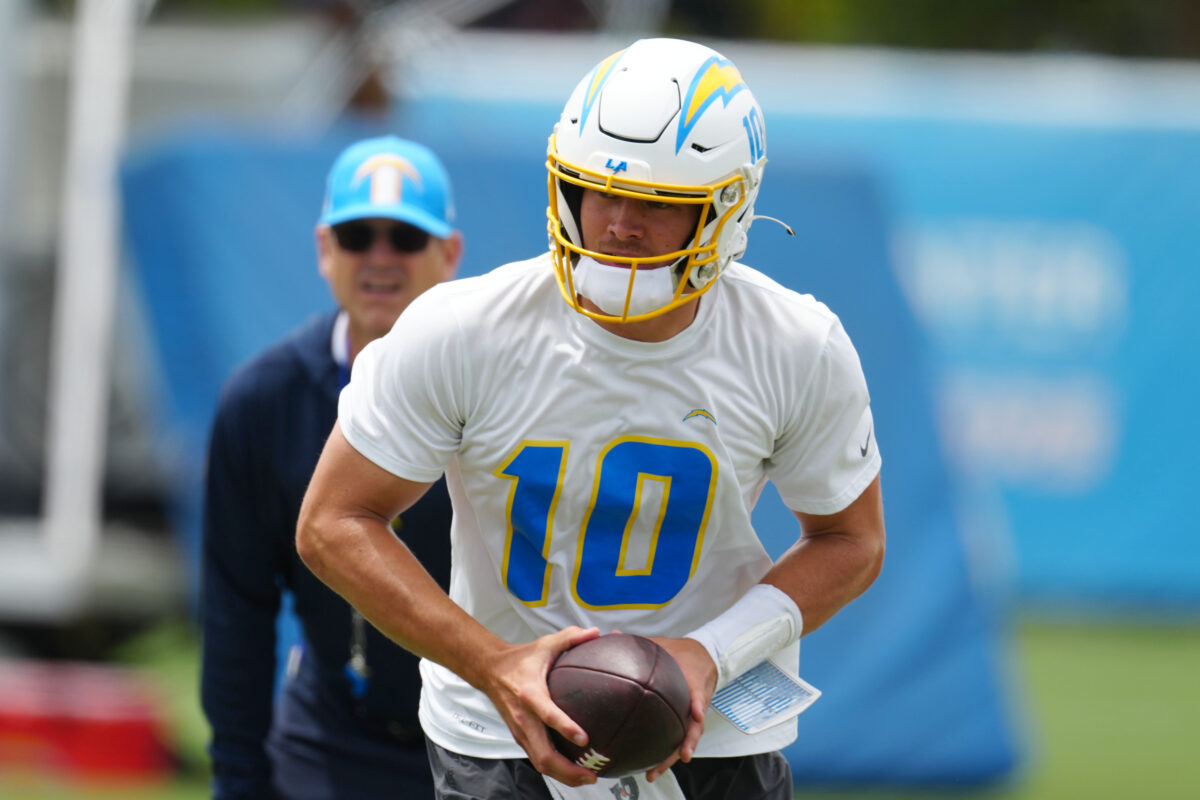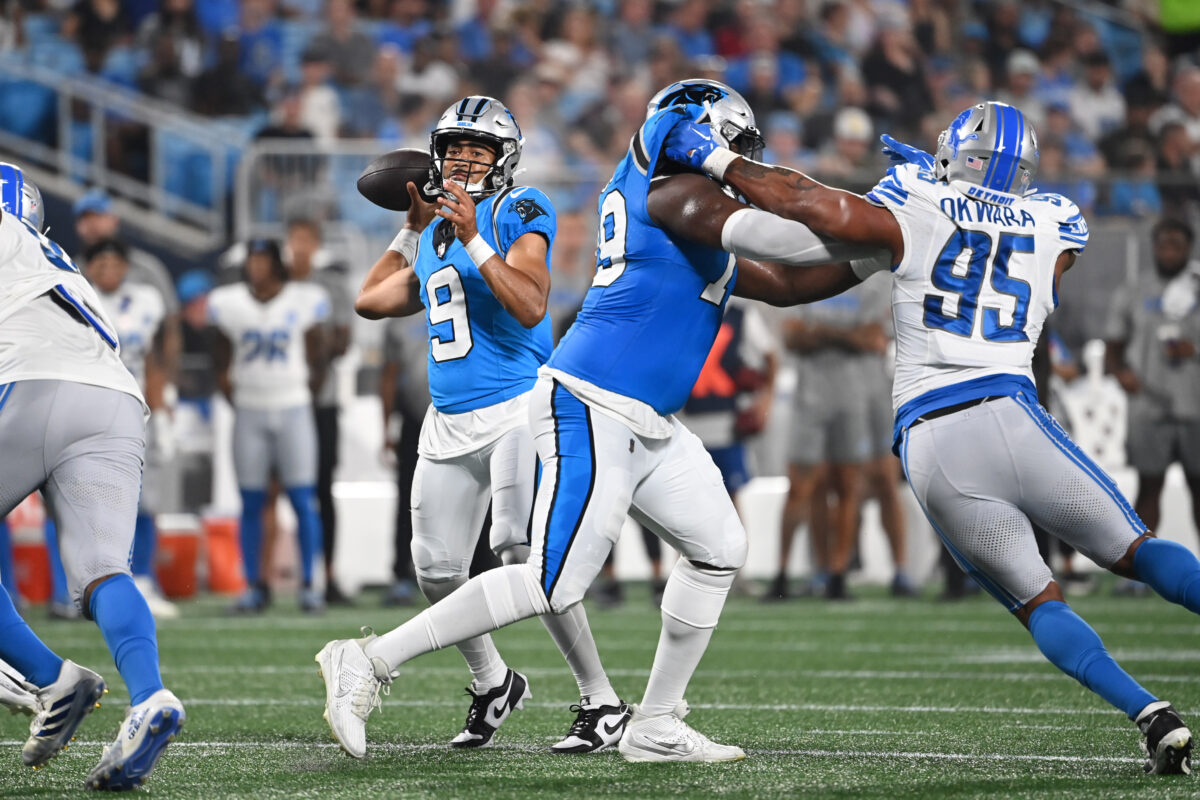If any other team had the offseason the Baltimore Ravens did, the air surrounding their facility would be thick with concern.
Baltimore fell short of its Super Bowl dream, losing to the world champion Kansas City Chiefs while scoring just 10 points at home in the AFC title game. 60 percent of the team’s starting offensive line departed in the offseason. So did Geno Stone, who finished second in the NFL in interceptions last fall, and All-Pro linebacker Patrick Queen.
The team’s biggest veteran acquisition this spring? A 30-year-old Derrick Henry, coming off his least efficient season as a pro.
That’s what the Ravens will have to overcome all before playing in the league’s toughest division. But it’s tough to be too worried about Baltimore’s immediate future because… it’s the Ravens. Their history suggests none of this will matter.
Until the playoffs.
The Ravens are a neural network set up to overcome loss by building new pathways
Let’s start with the losses. Baltimore’s extensive draft success and ability to plug in undervalued veterans has been key to the 66 regular season wins its racked up the last six years. Losing John Simpson, Kevin Zeitler and Morgan Moses hurts; they made up the bulk of the league’s top-rated pass blocking unit last fall.
But only Zeitler was a high value acquisition at the time. The 34-year-old was a steady veteran who outplayed his $22.5 million contract en route to his first Pro Bowl honors in his final season with the team. Simpson had been released by the Las Vegas Raiders. Moses was a cap casualty in Washington, spent a year with the New York Jets and signed an inexpensive three-year, $15 million deal with Baltimore in 2022 before being traded this offseason.
In their place step Andrew Voorhees, Ben Cleveland and some combination of rookie Roger Rosengarten and Daniel Faalele. None is especially high profile (though Cleveland and Rosengarten were recent-ish Day 2 draft picks) and each will probably be perfectly fine when it comes to buying the time Lamar Jackson needs in his quest for a third MVP award.
There’s a similar bent to the defensive reinforcements, even if the guys who left have more name recognition. Baltimore’s hope is placing newcomers to the starting lineup next to tent pole stars will create a cohesive unit or, at the very least, enough coverage to gloss over any mistakes these newcomers make.
Losing Queen isn’t ideal, but Roquan Smith remains in the middle of the field to make life easier for Trenton Simpson, who has the athleticism and recognition to thrive as an off-ball linebacker in his second year. Stone was a Ravens’ developmental success story after working his way from seventh-round pick to starter. He’ll cede his spot to deposed New Orleans Saints safety Marcus Williams, who gets to lean on All-Pro Kyle Hamilton at corner. First round pick Nate Wiggins’ lean frame could create a steep learning curve for 2024, but Marlon Humphrey’s versatility means new defensive coordinator Zach Orr won’t solely have to rely on a 170-pound rookie when it comes to stopping opponents’ top targets.
Baltimore, at its best, is a support network. A brain of neural pathways where the quickest-firing lobes help lift developing connections and find ways to see the field in new and innovative ways. It’s why this team has ranked in the top three when it comes to points allowed five of the last six years and why only an injury to Jackson could break a streak of winning campaigns.
The problem is, that success runs thin once January arrives.
The Ravens have to reverse the suction of their own postseason failure to be more than “pretty good.”
That 66-33 record the last six years gives way to a 2-5 record once the playoffs begin. Baltimore has twice finished the regular season with the AFC’s top record but only made it to the conference championship game once in that span. Because we have to start there, let’s begin with the face of the franchise, Lamar Jackson.
Here’s where Jackson ranks among all quarterbacks to play at least 2,000 regular season snaps since 2018:

His 0.159 expected points added (EPA) per play ranks sixth behind luminaries like Patrick Mahomes, Aaron Rodgers, Josh Allen and Tom Brady. He’s 58-19 as a starter in that span.
Here’s where he ranks when you limit the scope to 120 playoff snaps:

Jackson’s EPA/play drops from 0.171 to -0.021, better than only late stage Drew Brees among quarterbacks to frequently make the postseason. He’s 2-5 in that stretch. His passer rating drops from 98.0 to 75.7. His rushing yards per game actually rise from 61.1 to 86.8, but it doesn’t seem to make life easier for his offense. The Ravens have been limited to 17 points or fewer in all five of those playoff defeats.
This does not have to define Jackson. His performance was significantly better in 2023 even without Mark Andrews available (in a Divisional Round win over the Houston Texans) or able to play at full speed (in the loss to the Chiefs). Jackson’s three touchdowns (two rushing, one passing to Andrews replacement Isaiah Likely) was the jet fuel that helped Baltimore race past the Texans in the second half of that game. He was worse against Kansas City, but still arguably one Zay Flowers goal line fumble away from taking that game to overtime.
That’s given the Ravens the confidence to run his offense back with the lineup of skill players relatively unchanged. Odell Beckham Jr. is out and Henry is in as the veteran eager to chase a ring with one of the AFC’s most consistent teams. But Jackson’s receiving wish list is once again Andrews and Flowers, with Likely, Rashod Bateman and Nelson Agholor holding down supporting roles. Deonte Hardy and rookie fourth rounder Devontez Walker should provide spurts of playmaking, though relying on either on a regular basis will be tricky.
But hey, while we’re talking about reliability, we’ve got to land on Derrick Henry. Henry has been a workhorse unlike any other in an NFL where old school RB1s are no longer valued. He’s only missed more than a single game in a season once in his eight years — and more than 2,000 regular season carries — as a pro. That kind of consistency would be enormous for a running back rotation that has been perennially devastated by injuries; JK Dobbins, Keaton Mitchell and Gus Edwards all had their seasons ended prematurely in the last two years.
The former All-Pro’s availability may be his best ability at this point. His age 29 season saw career lows in both yards per carry (4.2) and yards after contact per carry (2.1). He had just 28 catches in 17 games, diminishing his already iffy production as a receiver out of the backfield.
On the other hand, he’s still pretty good! Next Gen Stats pegged him for 0.31 rushing yards over expected (RYOE) per carry last season, which was a top 20 mark in the NFL. He took more handoffs than anyone in the league for the fourth time in the last five years. If he can show up and lure linebackers and safeties closer to the line of scrimmage, he’ll create space for Andrews and Flowers to thrive and for Jackson to elevate his deep game even more.
What does this all mean? That the Ravens have plenty of questions to answer but head coach John Harbaugh has proven he’s got the teacher’s edition of the workbook waiting at his desk. Baltimore was hamstrung by the salary cap and forced to watch key contributors leave this offseason. But the team held on to its franchise players and has all the connective tissue needed to stay in place.
The question now is whether this proficiency can finally lead to playoff success.
[lawrence-auto-related count=3 tag=693162585]












